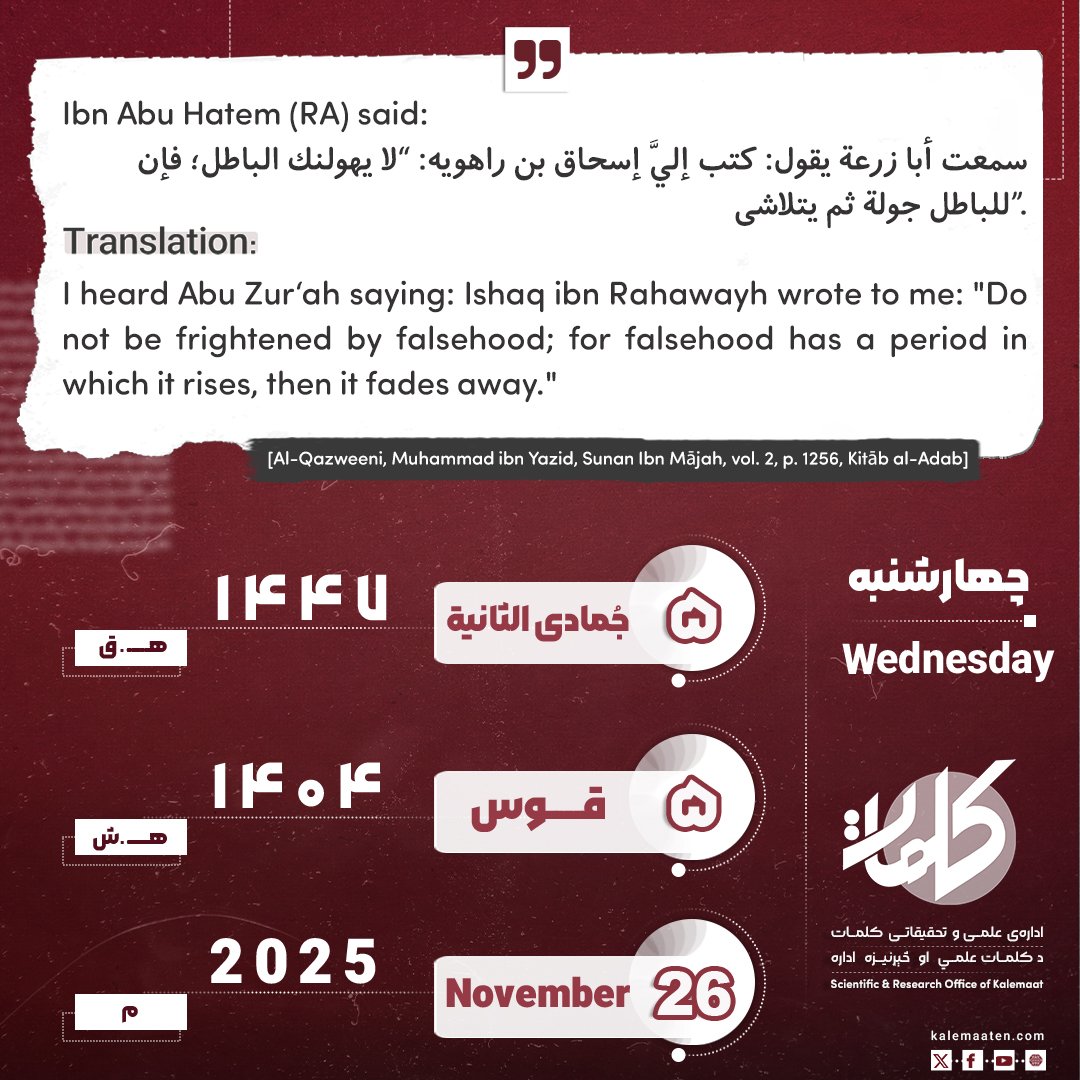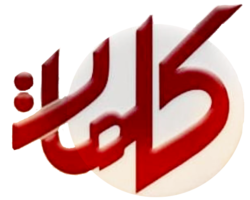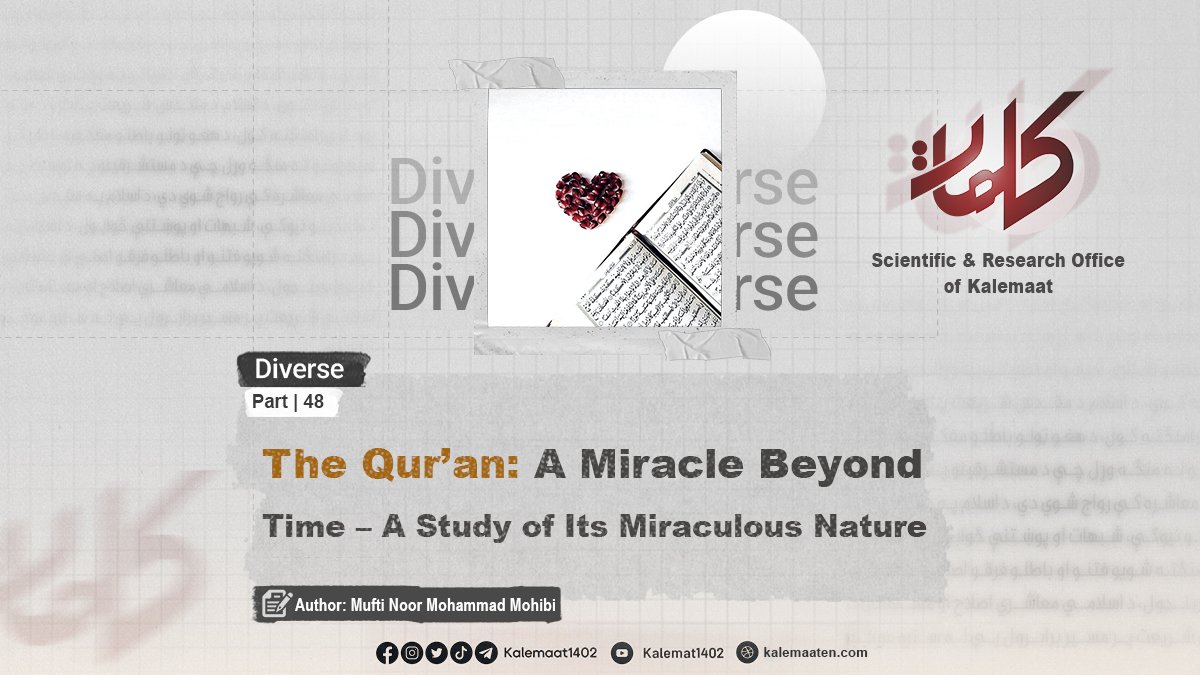Author: Mufti Noor Mohammad Mohibi
The Quran: A Miracle Beyond Time- A Study of Its Miraculous Nature (Part 48)
The Heart, the Pericardium, and the Wonder of Blood Clotting
The human heart is among the most astonishing marvels of divine creation—a unique muscle that Allah has placed within our chests as the source of life and motion in the body. Scientists regard the heart as the strongest and most enduring muscle in the human body, one that works continuously from the very first beat in the mother’s womb until the final breath of life—never tiring, never stopping, and never ceasing to move.
Scholars describe the heart as a “suction and pressure pump” [1], responsible for circulating blood throughout the body. This immense and tireless function begins from the earliest moments of fetal life and continues until death. The heart neither sleeps nor rests—it seems to have been created solely for motion and pulsation.
The Astonishing Structure of the Heart
One of the clear signs of God’s power and wisdom is that He created for the heart a special covering called “Shighaf”, which adheres closely to it. This sac is surrounded by another protective membrane known as the “Tamur” or “Pericardium” [2]. The pericardium secretes a lubricating fluid that softens the movement of the heart so that, during its constant beating, it does not rub or create friction with the surrounding tissues—much like oil used in industrial machinery to reduce friction.
The Shighaf membrane is extremely thin, delicate, and smooth. Together with the pericardium, it prevents direct contact between the heart and the surrounding tissues, ensuring completely frictionless motion. Undoubtedly, such precise order is a manifestation of the wisdom of Allah, the All-Knowing and the All-Powerful.
The Wonder of Blood Clotting
Another great mystery of creation lies in the remarkable property that Allah has placed in blood: coagulation (clotting). If this property did not exist, even the smallest wound or scratch could lead to death, as blood would continue to flow endlessly from the body.
Yet the Almighty Creator has fashioned blood so wisely that, upon contact with air, threads called fibrin [3] form within it, sealing the wound and stopping the bleeding. These threads act as a natural gate or cover that swiftly closes the opening. This extraordinary property prevents excessive bleeding and allows the wound to heal gradually. As the Noble Qur’an states: (ذَٰلِكَ تَقدِیرُ ٱلعَزِیزِ ٱلعَلِیمِ)[Al-An‘am: 96] Translation: “That is the determination of the Almighty, the All-Knowing.”
The Circulation of Blood in the Heart
The way blood circulates through the heart is also both amazing and precise. Venous blood (blood returning from the body after delivering oxygen and collecting waste materials) first enters the right atrium (Udhayn) [5] of the heart, then flows into the right ventricle (Butn) [6]. From there, it is pumped toward the lungs to release carbon dioxide and absorb fresh oxygen.
After receiving oxygen, the blood returns from the lungs to the left atrium, then moves into the left ventricle, from which oxygen-rich blood is pumped through the aorta (the main artery) to all parts of the body.
The heart consists of four chambers—two atria and two ventricles—that, with perfect coordination and tireless rhythm, continuously perform the functions of receiving and pumping blood. The heart neither sleeps nor pauses—it serves the body day and night.
The Astonishing Power of the Heart
Scientists estimate that with every heartbeat, more than 10 cubic centimeters of blood are expelled. If the heart beats approximately 80 times per minute, this equals nearly two and a half barrels of blood every minute.
Some researchers have calculated that during an average lifespan of seventy years, the human heart pumps around four million barrels of blood! Can such ceaseless work come from an ordinary muscle? Or is there an unseen but wise hand guiding this extraordinary order?
In summary, without doubt, the heart is among the greatest signs of Allah’s power in creation. The noble Prophet Muhammad (peace and blessings be upon him) said: «ألا وإن في الجسد مضغة: إذا صلحت صلح الجسد كله، وإذا فسدت فسد الجسد كله، ألا وهي القلب.» [7] Translation: “Indeed, in the body there is a piece of flesh; if it is sound, the whole body is sound, and if it is corrupt, the whole body is corrupt. Truly, it is the heart.”
This prophetic saying highlights the heart not only as a physiological organ but also as the center of morality, intention, faith, and spiritual well-being.
In understanding the circulatory system and the heart, humanity has only grasped a small portion of Allah’s vast knowledge. The more science advances, the deeper our awareness becomes of the greatness of His creation. The heart is not merely a lump of flesh—it is a mirror reflecting the wisdom and mercy of Allah. [8]
Continues…
Previous Part
References:
[1] The term “suction pump” refers to a vacuum pump—a device that removes air or gas from a closed chamber to create a partial or complete vacuum.
[2] The pericardium is a double-layered sac that encloses the heart and holds it in place within the chest cavity.
[3] Fibrin is an insoluble fibrous protein essential to the clotting of blood (coagulation).
[4] Qur’an, Surah Al-An‘am, 6:96.
[5] Atrium (Udhayn): one of the upper chambers of the heart where blood first enters.
[6] Ventricle (Butn): one of the lower chambers of the heart; the right ventricle sends blood to the lungs, and the left ventricle pumps blood to the rest of the body.
[7] Al-Bukhari, Al-Jami‘ al-Sahih, vol. 1, p. 29, Dar Ibn Kathir, Dar al-Yamamah, Damascus.
[8] Mawsu‘at al-I‘jaz al-‘Ilmi fi al-Qur’an wa al-Sunnah, vol. 1, pp. 142–144.



